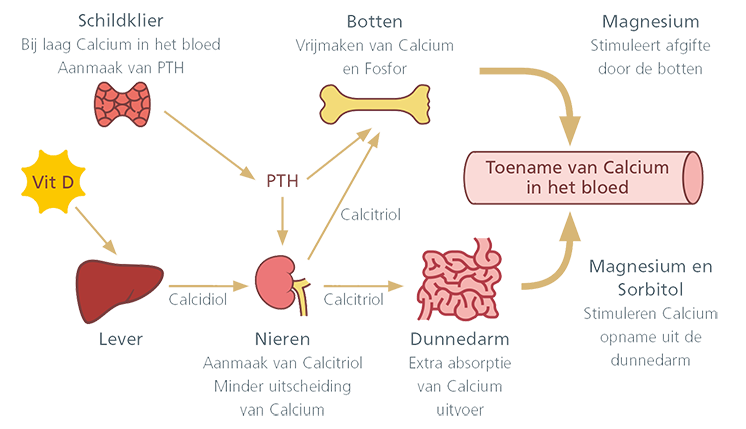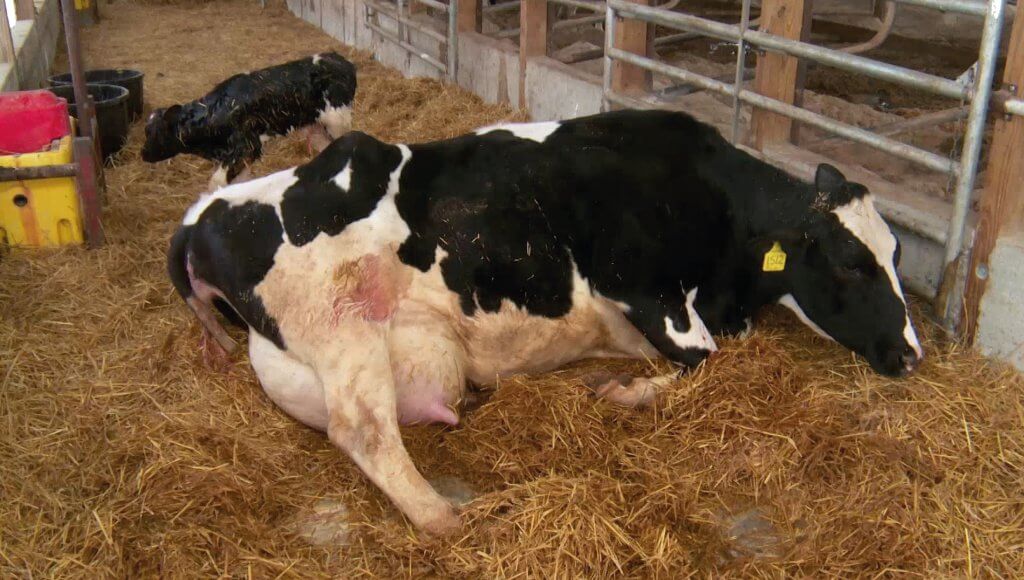Calcium deficiency in cows, a huge cost
Bone metabolism diminishes in older cows. This is why we often see clinical and subclinical milk fever from the second lactation onwards. The calcium level in the blood decreases around calving, as a result of increasing milk production. A cow tries to replenish this Ca shortage, but sometimes she does not succeed in this.
Calcium deficiency in cows around calving may have disastrous consequences. Clinical milk fever is often treated with a calcium drip or calcium boluses. Subclinical cases often remain untreated. A suboptimal transition from dry period to early lactation may lead to a high percentage of premature culling in the first sixty days after calving, resulting in high financial losses.
What can we do to offer the cow a better start:
- Administer calcium boluses to older cows. This provides the animal with an extra buffer of readily available calcium.
- Stimulate feed intake immediately to diminish the negative energy balance. A cow drink helps to achieve this.
- Calving causes a major loss of fluids and electrolytes. Drenching helps to replenish the losses. It supplies fluids and stimulates rumen function.

Figure: Bone metabolism to make calcium available
Did you know that…
-
On all dairy farms, 20 to 50 percent of all cows suffer from some kind of Ca deficiency around calving?
-
Cows with Ca shortage have an increased risk of mastitis?




